Senators hear perspectives on a new relationship from Indigenous communities in Western Canada
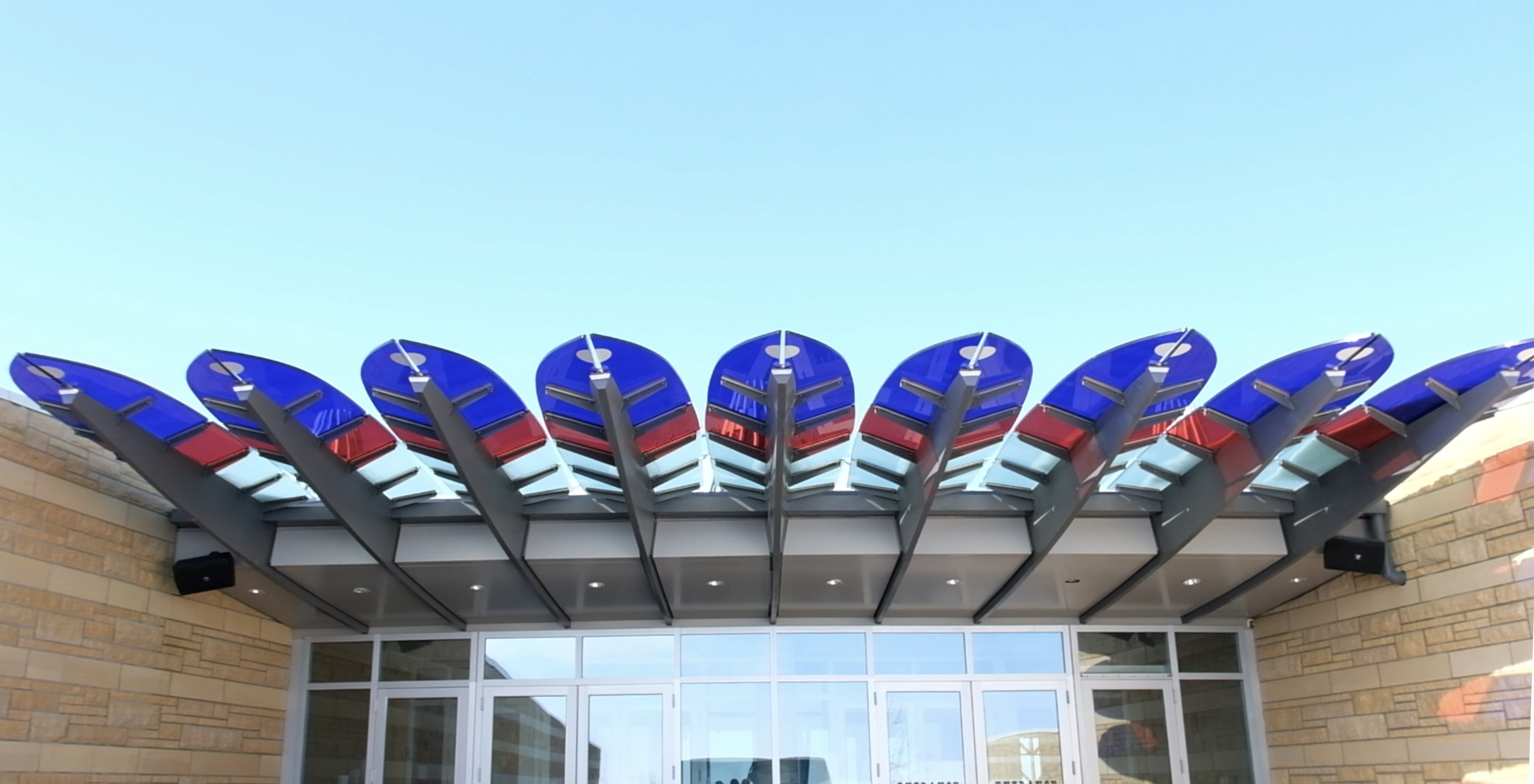
Indigenous communities in Western Canada welcomed senators into their communities as members of the Senate Committee on Aboriginal Peoples pursued their study on how Canada should build a new relationship with First Nations, Métis and Inuit peoples.
In a fact-finding mission and public hearings that took place during the week of March 19, 2018, senators met leaders, Elders and young people in Alberta, Saskatchewan and Manitoba to hear their views.
“We’re committed to making a difference,” committee member Senator Dennis Patterson said. “We’re gathering a lot of inspiration from our visits.”
Day 1
The Siksika Nation hugs the Bow River southeast of Calgary. There, senators heard from leaders of the Blackfoot Confederacy, which represents approximately one quarter of the population of First Nations in Alberta.
Community leaders spoke about their resilience and what they have been able to achieve — particularly the creation of one of the first child welfare offices in an Indigenous community in Canada.
“There has to be better awareness of the individual First Nations,” Chief Joe Weasel Child told the committee.
Day 2
In Buffalo Lake, a Métis community northeast of Edmonton, young Métis students told senators that theirs is the only settlement in the region without a local school.
Drawing inspiration from traditional arts, committee chair Senator Lillian Eva Dyck crafted an apt metaphor for the need to rebuild Canada’s relationship with Indigenous peoples.
“When you braid something, it’s stronger,” she said.
Day 3
The committee entered Île-à-la-Crosse, Sask., via the gravel road into the remote community.
When the road is flooded and the ice road isn’t open, residents are stranded.
The Métis community of about 1,200 people nevertheless boasts an impressive fish processing plant, which has the capacity to process up to 750,000 kilograms of fish a year and currently employs 17 full-time workers.
Committee members were welcomed to the local high school, which delivers an adult education program. Home economics students prepared a hot meal of stew and fried bannock for the grateful senators. Students spoke to senators about their aspirations to attend university but many expressed a strong desire to return to Île-à-la-Crosse to maintain a connection with their culture and language.
Mayor Duane Favel said residents are “lost and confused about the relationship we should be having” with the federal government — but was nevertheless optimistic.
“We are quite hopeful that we’re going to get over [the obstacles] that have been placed in front of us for decades.”
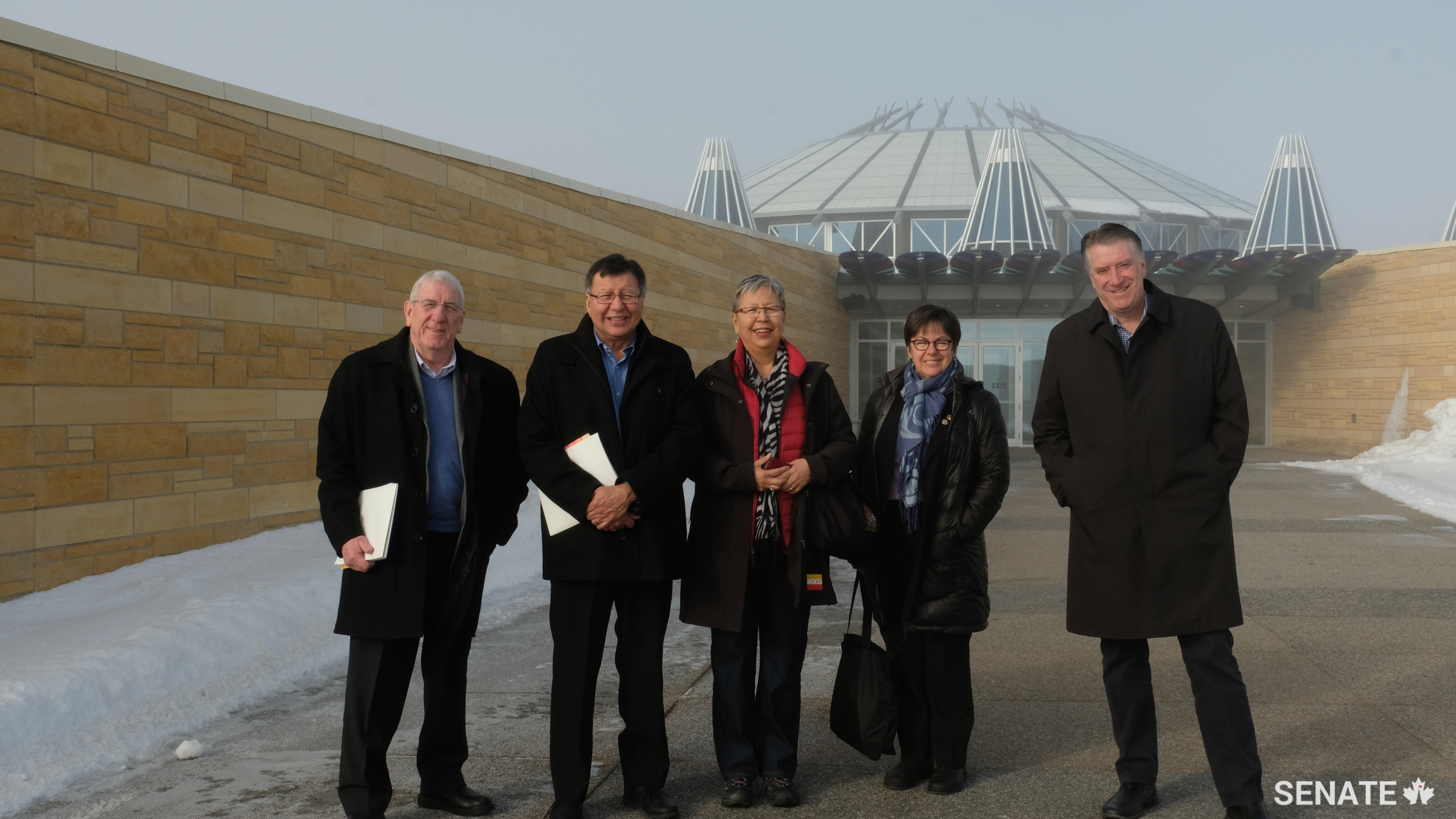
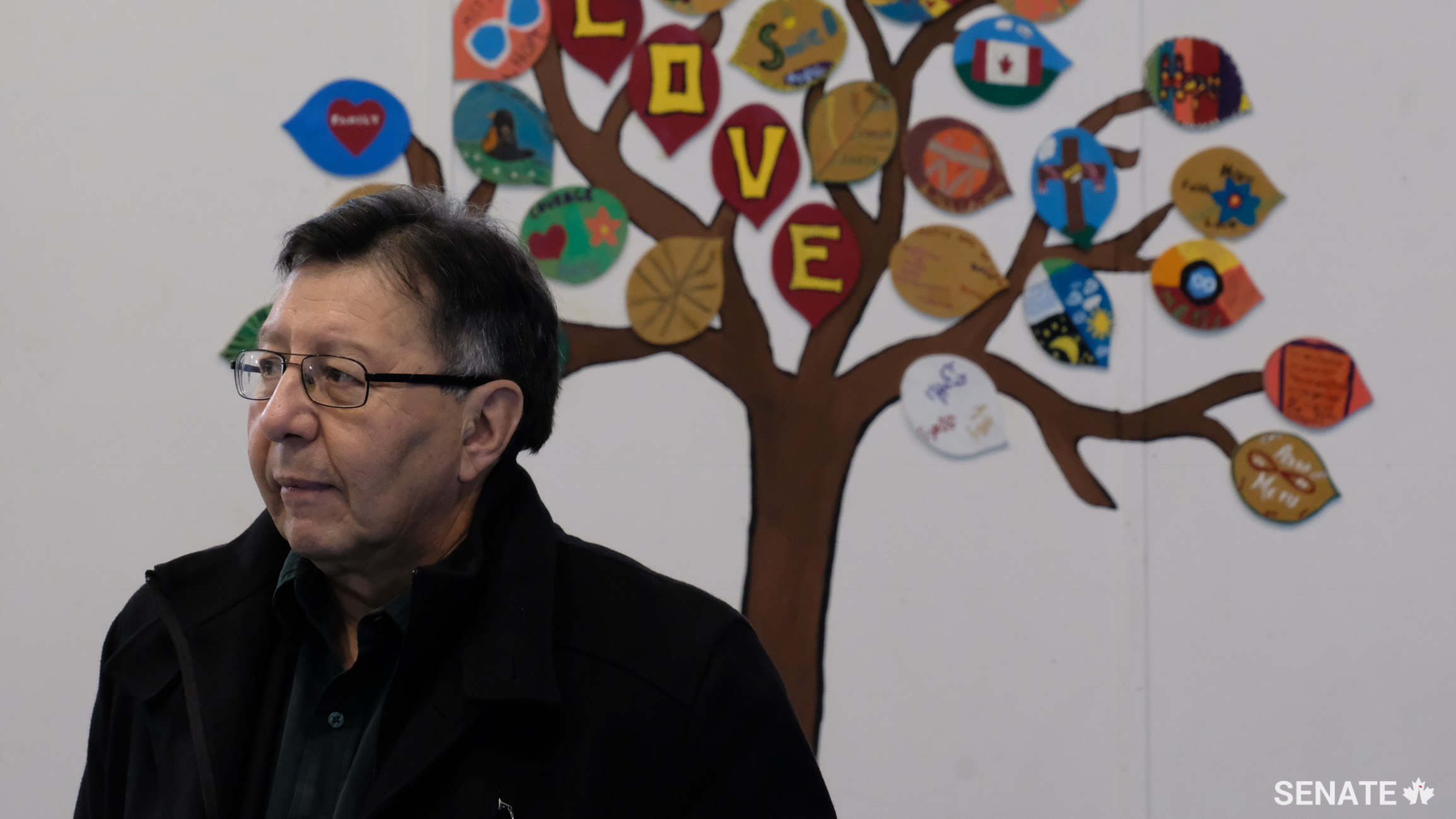
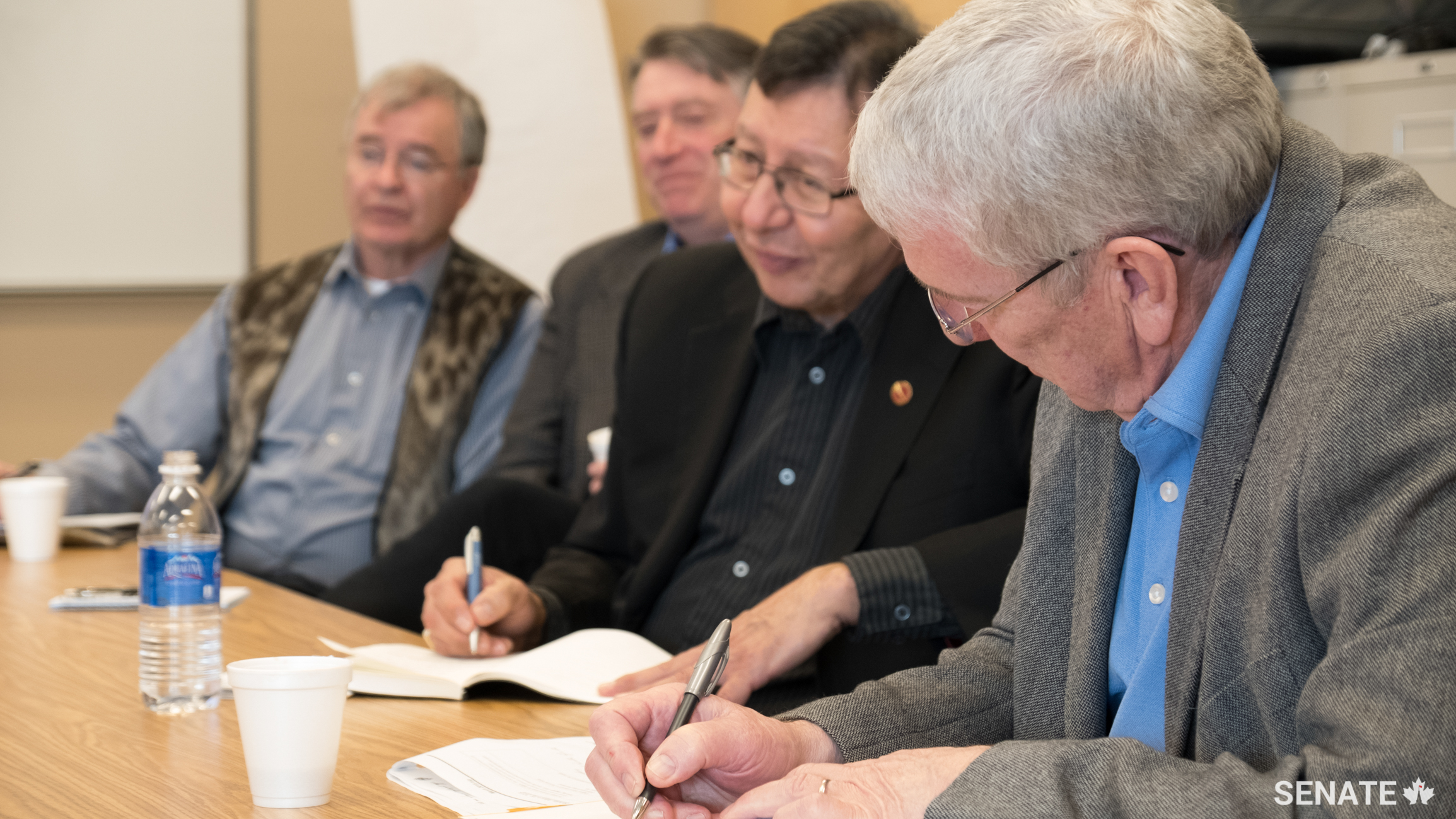
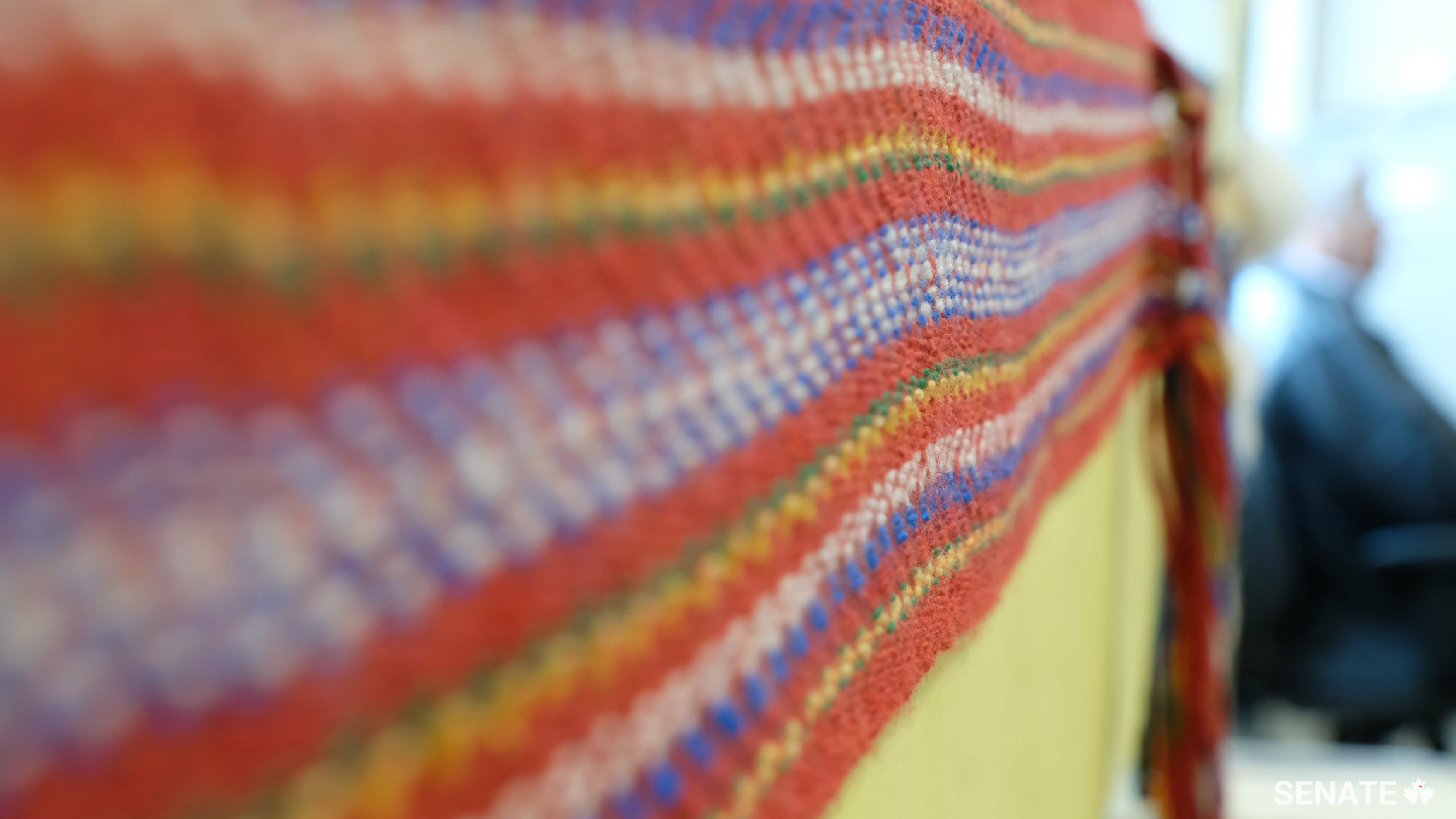
Senator Christmas expressed his admiration for the people of Île-à-la-Crosse.
“I could sense the pride that you have in your children,” he said.
“And the pride that those children have in who they are.”
Day 4
The next day, committee members met Indigenous people incarcerated in the Saskatchewan Penitentiary in Prince Albert.
Indigenous inmates at the penitentiary are enrolled in the Pathways program, which is intended to provide culturally appropriate support. Program participants joined senators for a smudging ceremony, then shared their stories.
Indigenous prisoners are dramatically overrepresented in the Canadian correctional system; senators heard about how efforts to integrate Indigenous cultural elements can improve the prisoners’ prospects for rehabilitation.
Senators spent the rest of the day speaking with Métis community members in Prince Albert.
Deputy chair Senator Scott Tannas said the fact-finding mission had given the committee a great deal to consider as it moves closer to drafting its report recommendations and subsequent plans of action.
“The purpose of this project is to help make clear what success looks like in a new relationship,” Senator Tannas said. “A clear vision of the “destination” is critical to striving and arriving at success. This is vitally important - not just for Indigenous peoples, but for all Canadians.”
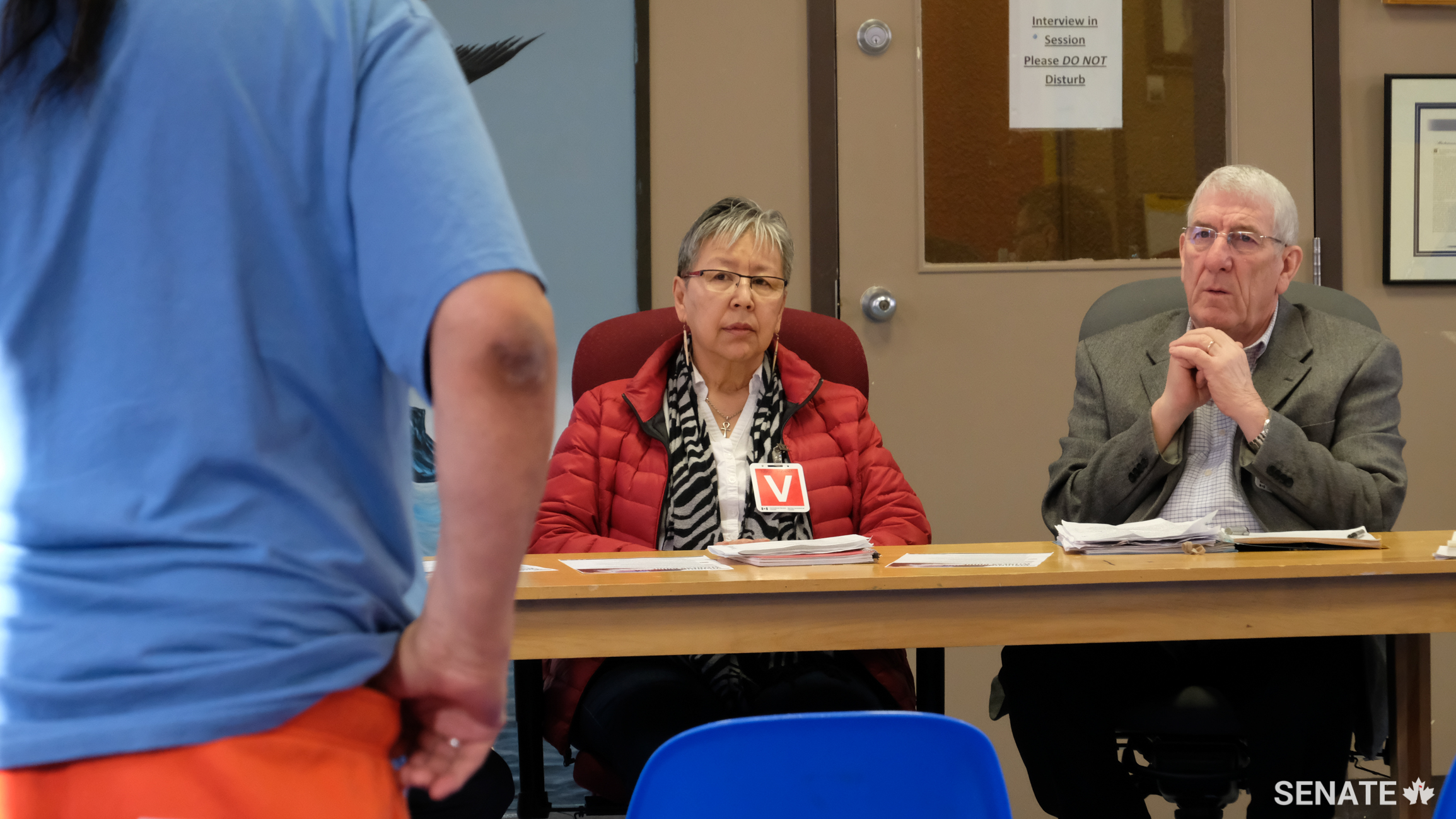
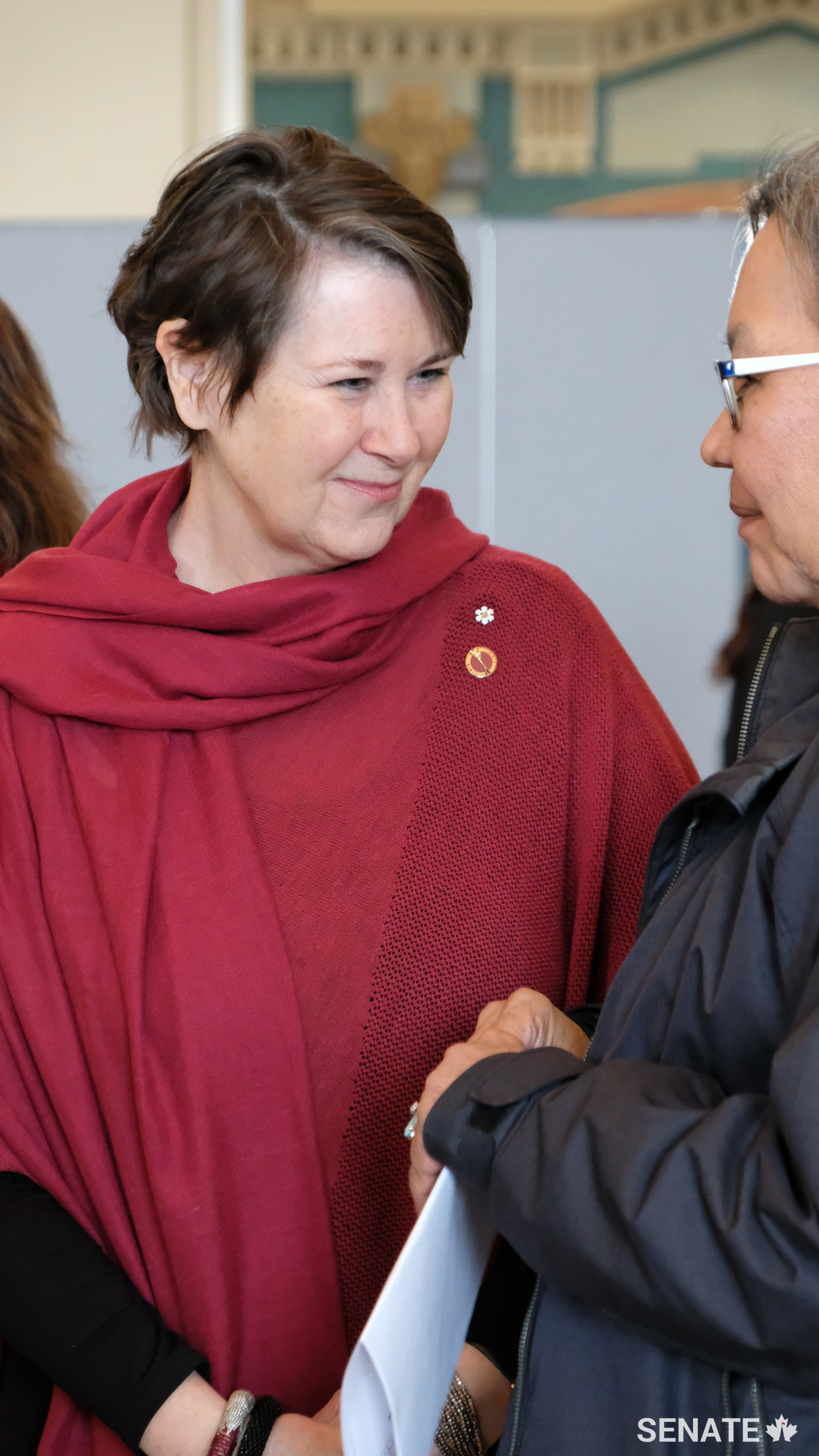

*Please note that as of July 31, 2022, the name of the Senate Committee on Aboriginal Peoples was changed to the Senate Committee on Indigenous Peoples. More information about this change can be found here.
Related articles
Tags
Committee news
Senators hear perspectives on a new relationship from Indigenous communities in Western Canada

Indigenous communities in Western Canada welcomed senators into their communities as members of the Senate Committee on Aboriginal Peoples pursued their study on how Canada should build a new relationship with First Nations, Métis and Inuit peoples.
In a fact-finding mission and public hearings that took place during the week of March 19, 2018, senators met leaders, Elders and young people in Alberta, Saskatchewan and Manitoba to hear their views.
“We’re committed to making a difference,” committee member Senator Dennis Patterson said. “We’re gathering a lot of inspiration from our visits.”
Day 1
The Siksika Nation hugs the Bow River southeast of Calgary. There, senators heard from leaders of the Blackfoot Confederacy, which represents approximately one quarter of the population of First Nations in Alberta.
Community leaders spoke about their resilience and what they have been able to achieve — particularly the creation of one of the first child welfare offices in an Indigenous community in Canada.
“There has to be better awareness of the individual First Nations,” Chief Joe Weasel Child told the committee.
Day 2
In Buffalo Lake, a Métis community northeast of Edmonton, young Métis students told senators that theirs is the only settlement in the region without a local school.
Drawing inspiration from traditional arts, committee chair Senator Lillian Eva Dyck crafted an apt metaphor for the need to rebuild Canada’s relationship with Indigenous peoples.
“When you braid something, it’s stronger,” she said.
Day 3
The committee entered Île-à-la-Crosse, Sask., via the gravel road into the remote community.
When the road is flooded and the ice road isn’t open, residents are stranded.
The Métis community of about 1,200 people nevertheless boasts an impressive fish processing plant, which has the capacity to process up to 750,000 kilograms of fish a year and currently employs 17 full-time workers.
Committee members were welcomed to the local high school, which delivers an adult education program. Home economics students prepared a hot meal of stew and fried bannock for the grateful senators. Students spoke to senators about their aspirations to attend university but many expressed a strong desire to return to Île-à-la-Crosse to maintain a connection with their culture and language.
Mayor Duane Favel said residents are “lost and confused about the relationship we should be having” with the federal government — but was nevertheless optimistic.
“We are quite hopeful that we’re going to get over [the obstacles] that have been placed in front of us for decades.”




Senator Christmas expressed his admiration for the people of Île-à-la-Crosse.
“I could sense the pride that you have in your children,” he said.
“And the pride that those children have in who they are.”
Day 4
The next day, committee members met Indigenous people incarcerated in the Saskatchewan Penitentiary in Prince Albert.
Indigenous inmates at the penitentiary are enrolled in the Pathways program, which is intended to provide culturally appropriate support. Program participants joined senators for a smudging ceremony, then shared their stories.
Indigenous prisoners are dramatically overrepresented in the Canadian correctional system; senators heard about how efforts to integrate Indigenous cultural elements can improve the prisoners’ prospects for rehabilitation.
Senators spent the rest of the day speaking with Métis community members in Prince Albert.
Deputy chair Senator Scott Tannas said the fact-finding mission had given the committee a great deal to consider as it moves closer to drafting its report recommendations and subsequent plans of action.
“The purpose of this project is to help make clear what success looks like in a new relationship,” Senator Tannas said. “A clear vision of the “destination” is critical to striving and arriving at success. This is vitally important - not just for Indigenous peoples, but for all Canadians.”



*Please note that as of July 31, 2022, the name of the Senate Committee on Aboriginal Peoples was changed to the Senate Committee on Indigenous Peoples. More information about this change can be found here.


